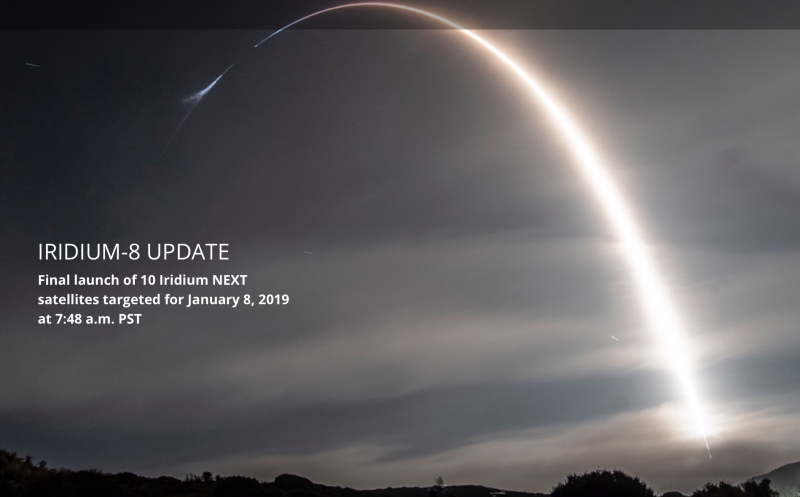
UPDATE JANUARY 8, 2018: The launch of the final Iridium NEXT launch has been delayed. We’ll try to keep you updated, or try Matt Desch (@IridiumBoss) on Twitter.
Iridium-8 update: briefing from SpaceX makes me increasingly encouraged about a Friday launch. Weather in the morning doesn't look too bad right now, and the rocket should be ready. Think I might stick around for this historic event at 15:31 UTC (7:31 pst) on 11 Jan!
— Matt Desch (@IridiumBoss) January 8, 2019
ORIGINAL POST BEGINS HERE:
People often ask us about flashes in the night sky, and – over the past 20 years – many of those flashes turned out to be flares from communications satellites put into orbit by the Iridium SSC company. Beginning in 1997, the company launched into orbit around Earth some 66 telecommunications satellites, which were know to flare briefly in the night sky as their solar panels caught the sun’s rays. You’ll see some of the brief glints of Iridium flares in photos captured by the EarthSky community, on the bottom of this page. However, as we go forward – although there are still a few of the original 66 satellites up there – Iridium flares are destined to become a thing of the past. The original 66 satellites have been phased out, and a second generation of satellites – called Iridium NEXT – is nearly entirely in place. The Iridium NEXT satellites are no doubt superior in many ways, but, sadly for amateur astronomers, they don’t produce the beloved flares.
At this writing – January 7, 2019 – Iridium Communications has now successfully launched 65 Iridium NEXT satellites into orbit with SpaceX from Vandenberg Air Force Base in California. The final Iridium NEXT launch is targeted for January 8, 2019, at 7:48 a.m. PST. Once complete, there will be a total of 75 new satellites deployed – 66 in the operational constellation and nine in-orbit spares.
Missing them already? Here’s what iridium flares look like:
A few of the original, sometimes-glinting Iridium satellites are still in low Earth orbit. They have three reflective panels that occasionally catch the sun and produce a visible flare lasting between five and 20 seconds.
The flares can be bright! They’ve been reported to be as bright as magnitude -8, which is brighter than Venus. Over the years, they became the target of many astrophotographers and astronomers. Some “collected” the flares, like birds or butterflies, and you can still find tracking information for the few remaining flaring satellites on websites such as HeavensAbove.com.

A fitting image to end our Iridium NEXT launch campaign. It's taken us 20 years to transform from caterpillar to butterfly, but we're looking to fully take flight on January 8th! https://t.co/FOQ245PhEx
— Matt Desch (@IridiumBoss) January 4, 2019
You can still see flashes in the night sky. Other objects that produce flashes in the sky include, for example, tumbling rocket bodies. After launching a satellite, some rocket bodies may continue to orbit Earth for weeks, months or even years. As they are tumbling, they may be visible as a dim moving “star” that might produce bright flashes as the object reflects more sunlight.
And, of course, there are the more ordinary – but often very spectacular – flashes of shooting stars, or meteors. Here is EarthSky’s meteor shower guide for 2019.
Plus, some of the original 66 Iridium satellites are still up there (although, one by one, they’re being allowed to re-enter Earth’s atmosphere).
Iridium Communications has set up a web page and hashtag called #flarewell to mark the end of Iridium flares.
Another place to follow them is @CatchtheIridium on Twitter.
Another shot coming from Australia ?? SV59 by Kerryn Murphy shooted last 30th December 2018 #catchtheiridium #iridiumflare #flarewell pic.twitter.com/z6Ws52lqSU
— Catch The Iridium (@catchtheiridium) January 4, 2019
Over the years, the EarthSky community has caught many beautiful Iridium flares. Our thanks to all of you who contributed photos, a few of which are shown below.
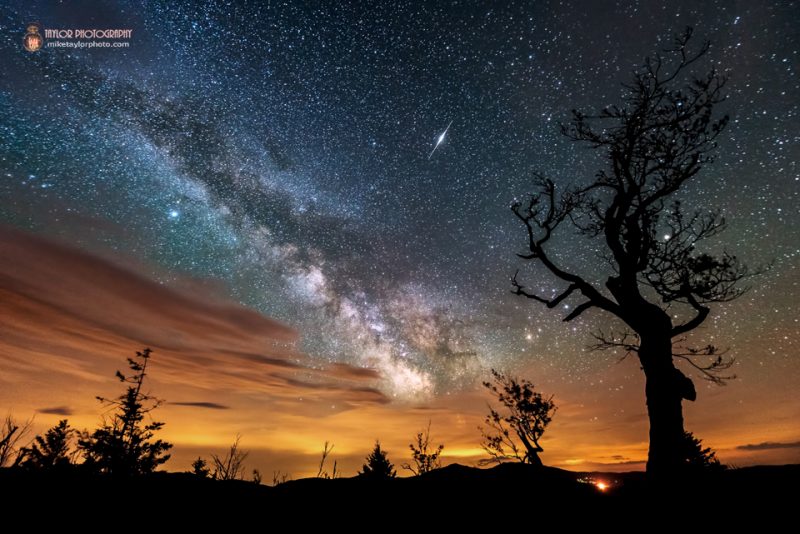

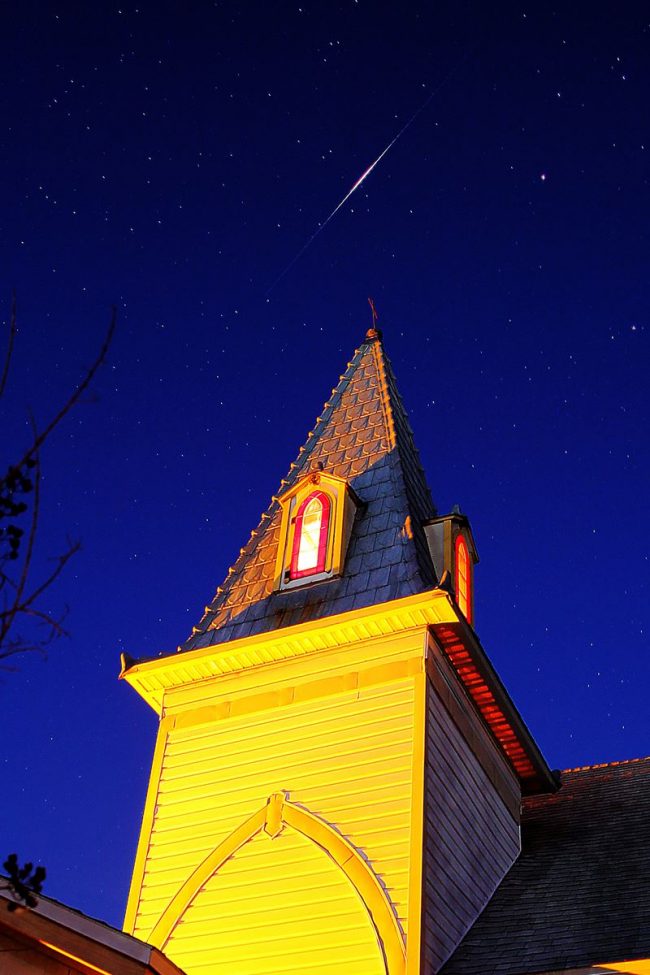
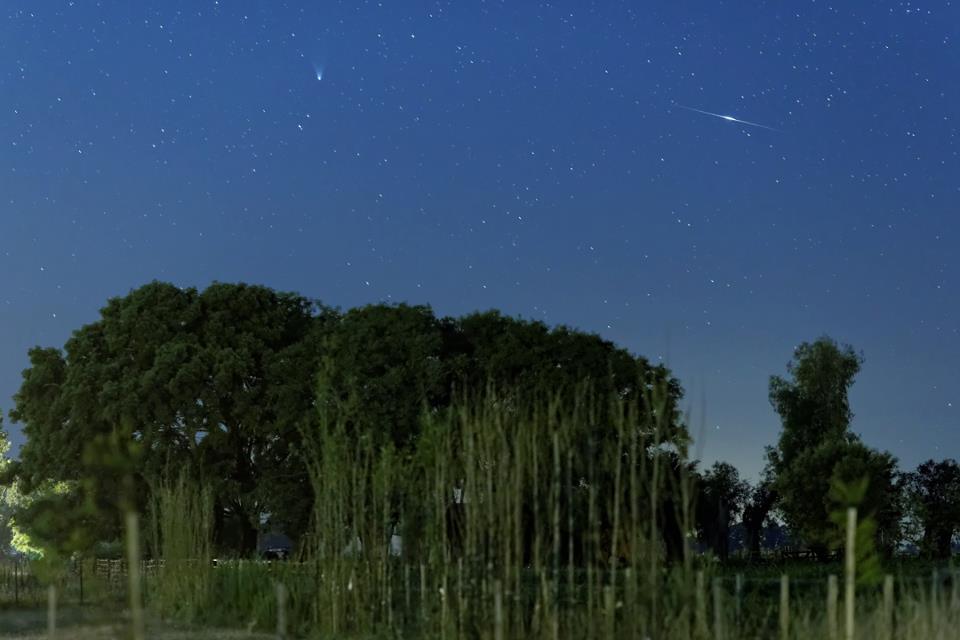

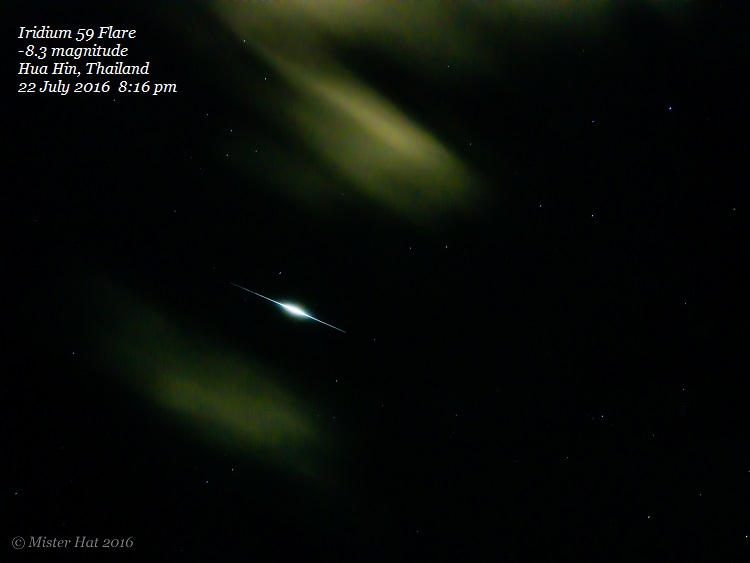
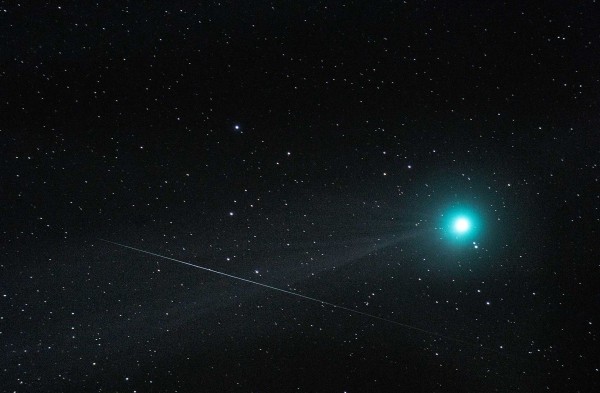

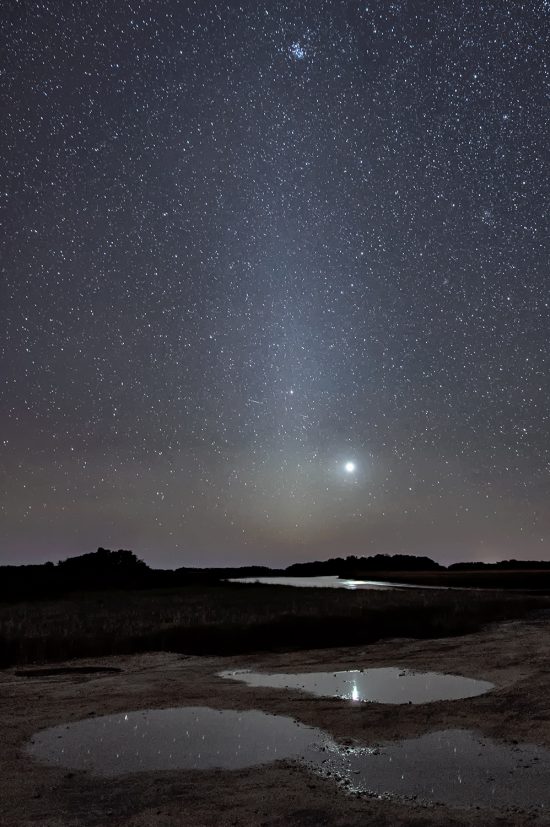
Bottom line: The beloved glints of Iridium flares are nearly gone from Earth’s night skies, as the original set of 66 Iridium communications satellites have been decommissioned and are being allowed to re-enter Earth’s atmosphere. The final launch of 10 Iridium NEXT satellites is targeted for January 8, 2019. The Iridium NEXT satellites do not flare.
Visit #flarewell, the iridium flare tribute site
Enjoying EarthSky so far? Sign up for our free daily newsletter today!











